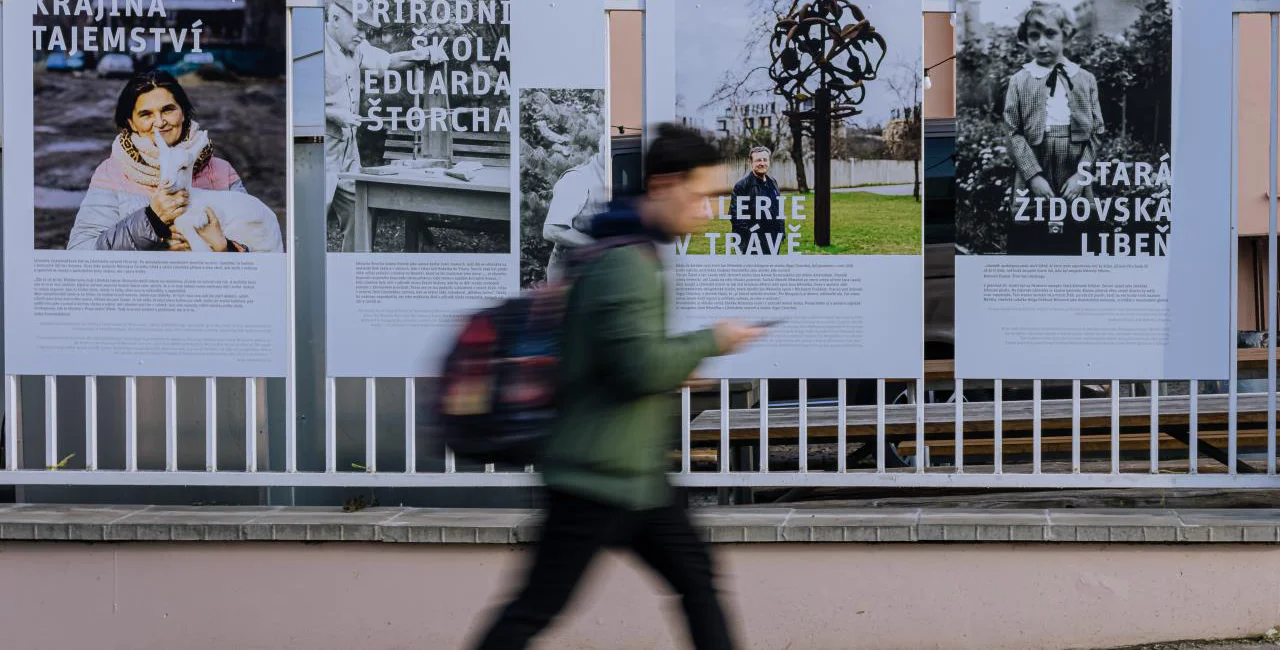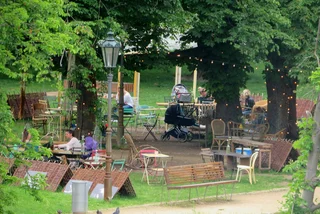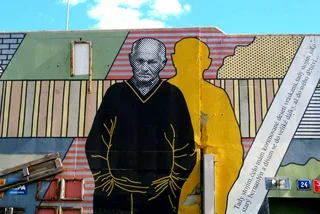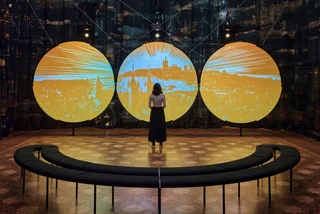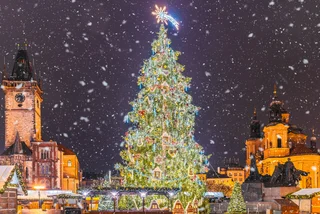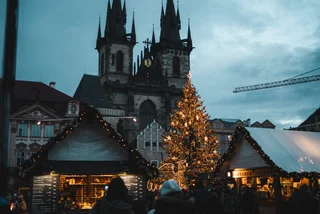An open-air exhibition will present the history, culture, and unique nature of Prague’s Karlín and Libeň districts, which will be transformed in the coming years.
The Prague Institute of Planning and Development (IPR Praha) is bringing the past and future of the former islands Rohanský ostrov and Libeňský ostrov closer to the public through an interactive exhibition that runs to Aug. 31, 2021. The exhibition has 10 stops that present the river landscape with wildlife and people connected to its history and culture.
The exhibition in May will also be accompanied by an IPR information container, which will rotate between Karlínské náměstí and the Invalidovna metro station. People will be able to contribute their comments, experiences, and ideas to the debate on the area's development. A questionnaire that can be filled out on the spot or online. The information container is one of the main participatory activities, and is part of the preparation of the future development concept.
The exhibition draws attention to the diversity of 56 hectares of the Prague meander at Rohanský ostrov and its surroundings. This area will undergo a gradual transformation in the future. The exhibition takes visitors through well-known places and remote corners, and mediates the natural, cultural, and artistic color of the area.
“In the development of the area, we want to build on its history and traditions, which the exhibition reflects. The area of Rohanský ostrov and Libeňský ostrov is now a bit forgotten, although it is an exceptional and very diverse environment. Our effort is meant to bring it back to the people of Prague,” Prague Deputy Mayor Petr Hlaváček, responsible for territorial development, said in a press release.
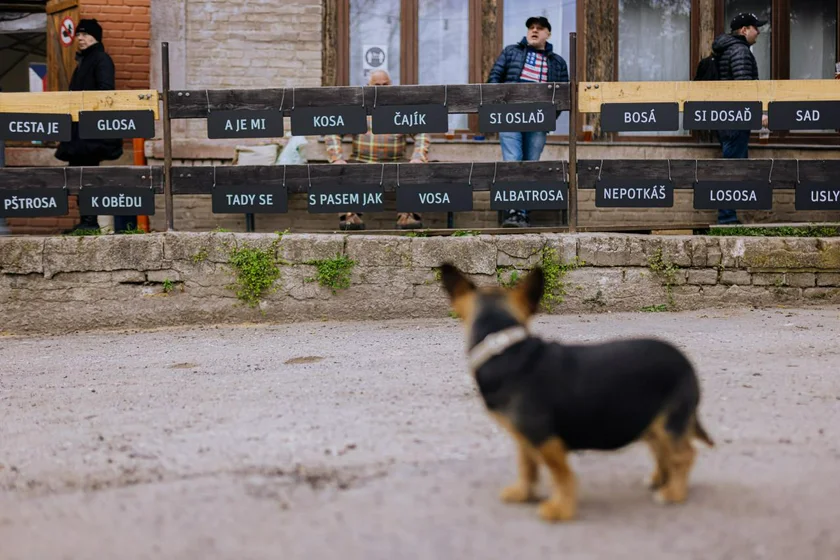
The exhibition will take place on the site of the former Karlín port, when the Vltava River flowed down Rohanské nábřeží instead of cars. It will show visitors the cultured, yet wild meeting place Přístav 186 00. During the ferry journey to the Holešovice shore and back again, people will get acquainted with the history of the Vltava meander. At Invalidovna, it will present artists, filmmakers, and painters who are linked to the place.
“We have big plans for Rohanský ostrov in the future. We plan to set up a new park here. The Covid epidemic and the closure of [travel to other] districts showed us how important parks and forests in Prague are for spending free time. Their attendance increased by 120 percent year-on-year,” Prague Deputy Mayor Peter Hlubuček, responsible for the environment, said.
Construction work on Rohanský ostrov will begin this year, Hlubuček added. In the first stage, the embankment will be secured and rough terrain modeling will be performed.
Rohanský ostrov did not escape the tragedy of World War II. Near the Libeň Bridge (Libeňský most) is the site of a destroyed Jewish cemetery and a forgotten place from where 9,800 bells confiscated from the Protectorate of Bohemia and Moravia were taken to Germany.
"Only 8 percent of the bells remained in Bohemia and Moravia, the rest were taken away from the country by the Nazis. Today, this event, although an immense cultural and historical loss, is almost forgotten. We want to remind people again with the exhibition,” IPR Praha director Ondřej Boháč said. In his free time he works as a bell ringer at the Church of Our Lady before Týn in Old Town Square.
“Our goal is to talk with locals and visitors, introduce them to our territory, and prepare materials in the highest quality for the resulting concept for Rohanský ostrov and Libeňský ostrov,” Boháč said.
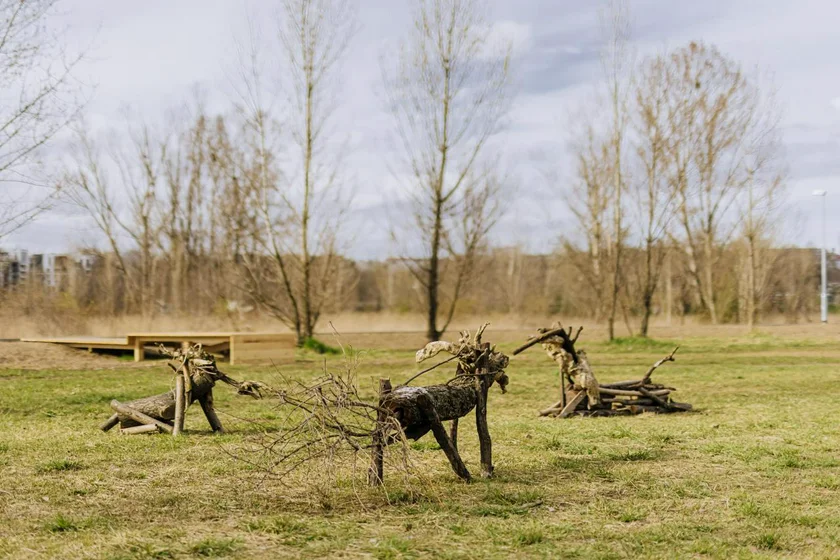
Another stop, a poem in a tunnel under the Libeň Bridge on the A2 cycle path, will reveal the mysterious landscape of the Libeň blackbirds. They have been created since the 1950s by the Němeček family. Around their studio is a gallery in the grass. A few hundred meters away is the nature school of Eduard Štorch, a teacher known mainly as the author of the book Mammoth Hunters.
"You can explore the exhibition as you wish: In whole or in parts, at a slow or fast pace, on a bike or during a training run. It is open all day, whenever you are in the mood. And you can go there with your family, partner, grandparents, and grandchildren. Children will definitely not be bored, because a playful task awaits them in every place,” exhibition curator and art historian Radka Schmelzová said.
The exhibition is part of the preparation of developing the concept for Rohanský ostrov and Libeňský ostrov, under the leadership of IPR Praha. The concept will be the basis for gradual revitalization of the area, which will serve not only leisure activities but must also serve as flood protection. The concept will be the result of an international tender with a competitive dialogue involving local players and experts from across Europe.












 Reading time: 4 minutes
Reading time: 4 minutes 